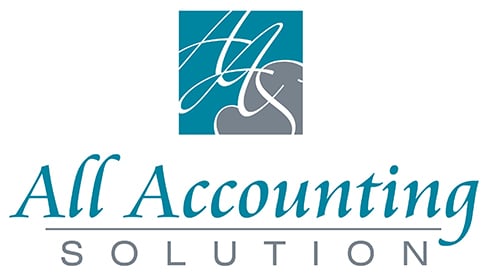Forms for New Clients
| |
We are happy to make filling out forms more easy and convenient by providing them here on our site. You can click to download the form(s) you need, print and download them to your computer, and fill them out. Then, you can bring your forms with you to your appointment.
We do ask that you that you print the forms onto white paper only.
If you have any questions at all, please do not hesitate to give us a call.

